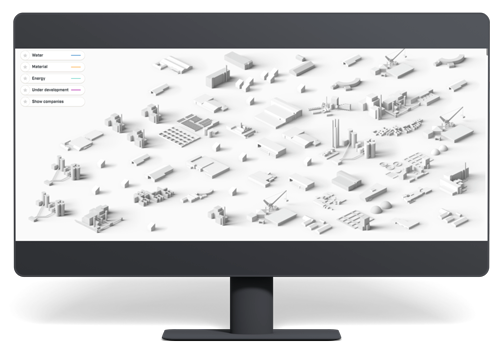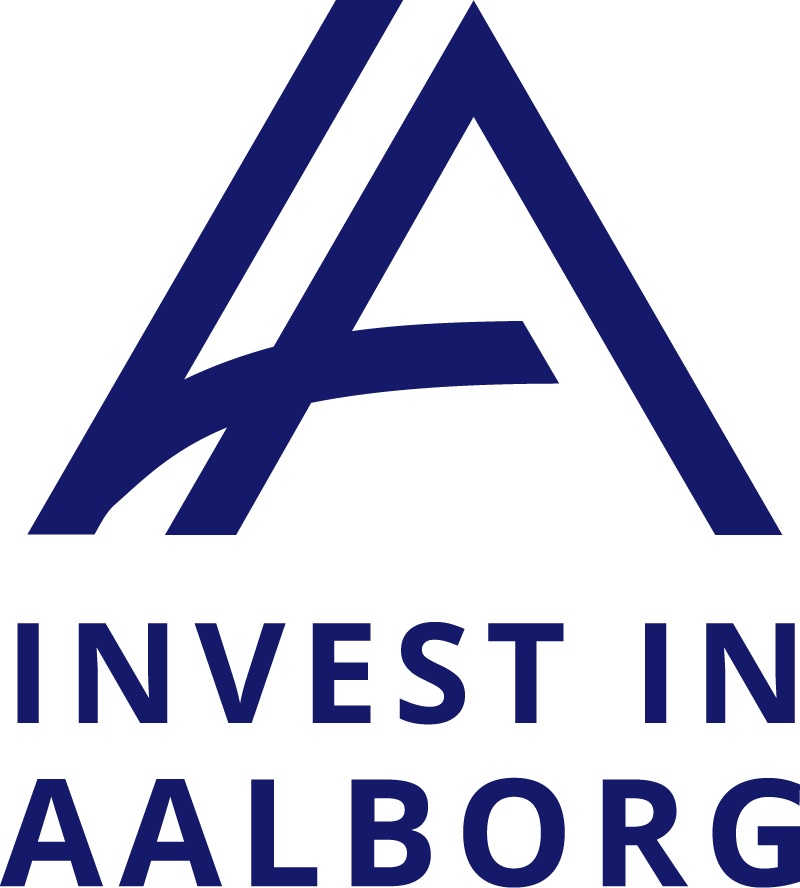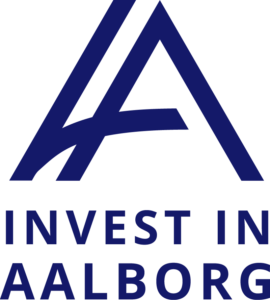#7
Aalborg excels in smart energy and industrial symbiosis
Smart energy and industrial symbiosis are crucial concepts towards the green transition. Aalborg, a city in North Denmark, is a pioneer in this area, having implemented various district energy projects that promote industrial symbiosis and smart energy usage.
Table of contents:
- The world’s largest untapped source of energy might be excess heat
- The Concept of Industrial Symbiosis
- Benefits on ESG
- Smart Energy in Aalborg
- District Heating
- District Cooling
- Reusing the Energy from Aalborg Portland
- IKEA Cooling System creates heat
Watch as Jesper Høstgaard from Aalborg Utilities and Birgitte Bak Jensen from Aalborg University introduce Smart Energy in Aalborg.
The world’s largest untapped source of energy might be excess heat
Whenever an engine is operational, heat is generated as a result. Large-scale examples of this include commercial establishments, wastewater facilities, data centers, factories, supermarkets, and metro stations. In these scenarios, excess heat can be utilized to provide a factory with heat and warm water or distributed to nearby households and companies via a district energy system.
Utilizing this excess heat, which would otherwise be wasted, can boost productivity, decrease energy prices for consumers, and replace the considerable amounts of fossil fuels required for heat production.
This approach can also aid in the stabilization of the electricity grid and facilitate a smoother transition to a green energy system.
The Concept of Industrial Symbiosis
Industrial symbiosis is a model where different industries work together to create a closed-loop system of resource utilization. One company’s waste can become another company’s raw material.
Companies can share a variety of resources such as materials, logistical solutions, and facilities to streamline their operations and minimize their environmental footprint. By engaging in resource sharing, companies can optimize their operations, reduce costs, and increase their competitiveness in the market.
Industriel Symbiose Nord
Companies in North Jutland have considered their residuals and by-products as resources for several years. Partners in the region have developed a map that shows an excerpt of both existing exchanges between established companies and newly developed collaborations that could provide good and documented environmental effects.

Benefits on ESG
Collaborations can also lead to improvements in a company's image, capacity, and competence development, as well as foster an enhanced corporate culture and attitude towards work. Additionally, symbiosis can have a positive impact on society, such as job creation, and align with Environmental, Social and Governance, CSR, and Global Reporting Initiative standards for larger companies.
Furthermore, engaging in symbiosis can secure future opportunities for insurance, financing, and loans, as the financial sector is moving in that direction.
Smart Energy in Aalborg
The smart energy system focuses on how the individual parts of the energy sector (electricity, heat, housing, industry, transport, consumption, and supply) can cooperate so that the goal of 100% renewable energy can be achieved in a realistic and appropriate way. When the sectors are coordinated and cooperate, we can distribute and store the energy in the cheapest way.
In Aalborg, there is a clear focus on energy efficiency in the form of ongoing improvements of buildings and homes, transition to 4th generation low-temperature district heating and much greater utilization of industrial surplus heat.
Before the year 2028, Nordjyllandsværket's old coal power plant will be taken out of operation. Among many other investments, a new heat pump will be installed as well as large heat storage capacities.
District Heating
Every day, Aalborg Utilities supplies district heating to more than 180,000 citizens in the municipality of Aalborg. The district heating sector is the area that can make the largest contribution to achieving Denmark's climate goal of a 70% reduction by 2030. One household that replaces their oil-fired heating with district heating saves the climate 5.7 tons of CO2 per year.
Aalborg is a city with extensive experience in district heating and has established a sturdy groundwork for future development through a distinctive collaboration between industry, universities, and the public sector. The innovative solutions created in Aalborg are primed for deployment in other cities and countries worldwide.
In order to unlock the massive potential of fourth-generation district heating and establish cost-efficient sustainable energy systems for ecological advancement in Europe, the 4DH initiative was initiated under the guidance of Aalborg research.
District Cooling
Reusing the Energy from Aalborg Portland
Aalborg Portland is one of the companies that contribute surplus heat to Aalborg Utilities’ district heating production - and has done so since the early 1990s.
The collaboration between Aalborg Utilities and Aalborg Portland on excess heat was expanded in 2020, so that the share of excess heat from Aalborg Portland in the utility energy mix has increased from approx. 20% to 28% This means an annual CO2 saving of approx. 150,000 tons and extra excess heat corresponding to approx. 7,500 households.
IKEA Cooling System creates heat
With a new district cooling system, the IKEA warehouse in Aalborg will switch to a cheaper and more climate-friendly solution – and the surplus heat from the system will be transferred directly into the district heating network and heat approximately 480 standard houses a year.
Using energy twice like this can save the climate from tons of CO2 and represents an enormous potential all around the world.

